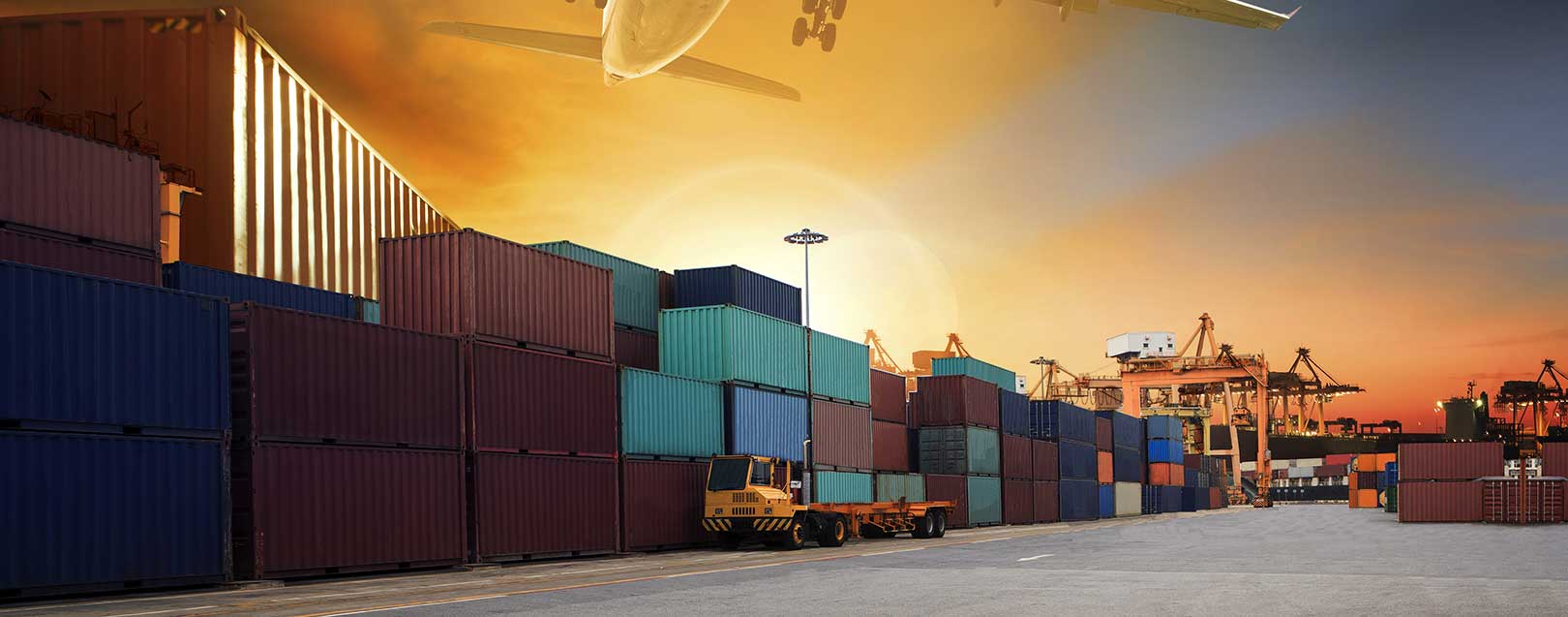
Duty drawback under GST to undergo sweeping changes
Sneha Gilada
The Central Board of Excise and Customs (CBEC) has called for inputs on duty drawback rates from Export Promotion Councils and other top-tier industry bodies. Just like every other year, major stakeholders are to send across their views on the crucial refund mechanism for exporters. But unlike every other year, this exercise must consider the disruptive effects of the new GST regime on exporters.
The interested parties are expected to submit their opinions and suggestions to the revenue department by March 15, 2017. The duty drawback scheme currently helps exporters obtain a refund of the customs and excise duty paid on input materials used in manufacturing finished goods for export.
GST has subsumed all the indirect taxes including service tax, excise and VAT. Only the basic customs duty remains out of its gamut. This sweeping change essentially disturbs the current drawback mechanism. New All Industry Rates (AIR) of duty drawback must be formulated to ensure that exports remain zero-rated.
"Earlier, exporters could either take Cenvat credit on excise duty, (refund mechanism for excise paid on inputs used in manufacturing products for export) or take a full drawback rate. There is a need for the department to work out a similar drawback mechanism for exporters operating under GST," said Ravi Kumar, Joint Director, Cotton Textile Export Promotion Council.
On being asked what rates would be preferable, he said, "Specifying a rate would be premature because that would ultimately depend on the GST tax slab the product falls under. Once it is known whether the product falls under 5%, 12%, 18% or 28% slab, we will be able to tell what the drawback rate should be."
Suranjan Gupta, Addl. Executive Director, Engineering Exports Promotion Council (EEPC), expressed major concerns regarding the new taxation regime, "Firstly, under GST, only the basic customs duty would be refunded, as all other indirect taxes will be merged into one. Here, we'll have to carefully consider what the custom duty rates are and how other taxes will be refunded,"
"Earlier you could export without paying excise against a bond or the A.R.E - 1 certificate. Now, you'll have to pay excise on it and after exporting, you will supposedly get 90% benefit within 15 days," he said, elaborating on the changes brought about by GST.
When asked what EEPC would recommend, he said, "We would recommend holding on to the current rates, which are in proportion to the custom duties. In cases where customs rates are increased, we'd request that the duty drawback rates also be increased proportionately,"
"Thirdly, there are taxes which will not be refunded by the GST system, for instance, the petroleum taxes or the electricity duty. We would urge the department to take into consideration these quasi taxes as well, for refund to exporters," he added.
As gathered from expert opinions and views, GST is likely to disrupt many export incentive schemes that have benefited exporters for decades. For instance, Advance Authorisation Scheme, which enables exporters to import tax-free raw material was initiated in 1970s. Export Promotion Capital Goods scheme is another such provision that allows exporters to import machinery on a duty-free basis.
New mechanisms for duty drawback, which are aligned to GST, need to be established, so that exporters are not caught in a limbo while the rest of India celebrates benefits of tax integration.





 to success.
to success.